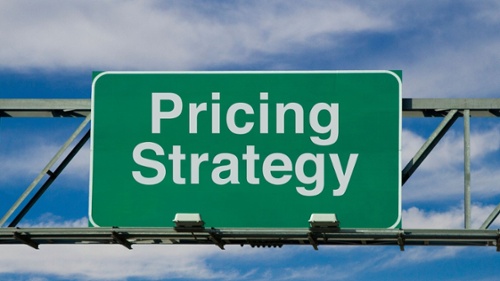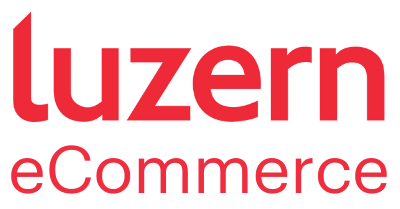Your Checklist to Developing a Pricing Strategy to drive Profitability

Recent lockdowns resulted in consumers heavily leaning on online shopping, from day-to-day groceries to electronics to home décor. Shoppers increasingly compared prices online to seek out who’s selling their desired products at the lowest prices.
Dynamic pricing refers to full or partial automation of price adjustments. It’s no secret that Amazon has been a champion of the approach, as it reprices millions upon millions of products as frequently as every few minutes.
Many within the eCommerce industry misconceive dynamic pricing to be an intricately elaborate process, however, there are winning strategies to achieve a margin that fits with your Brand’s profit targets.
Brands can take control and price for profitability by following this checklist:
-
Focus on the final price, not the item price. Consumers have become accustomed to basing their purchasing decisions based on the total amount at checkout, while including taxes, shipping, service charges, and any additional fees that hike up the initial price.
Luzern recommends that your dynamic strategy must reinforce your preferred value proposition, this translates into making informed decisions regarding item prices as well as promotions, bundles, personalized offers, and shipping times, and fees.
-
Always keep consumer expectations in mind. Certain items may be more eligible than others to fall under price fluctuations. Fashion for example, as they can be subject to price fluctuations from one week to another.
This highlights the need to keep up with purchasing cycles and consumer expectations for each item. However, common items that people always look for should remain stable.
-
Test and Learn. Many view dynamic pricing as both an art and science, which means trial and error are vital to determine your sweet spot.
When starting, you need to manage risks and outline the direction of price changes during set up and test these early on. Start with one product category or region at a time, this trains you to make small but consistent real-time tweaks and changes to track progress and measure impact.
-
The customer is pretty much still always right! Many expect certain products to always fluctuate in price, but expect your everyday items to remain the same.
Luzern recommends that algorithms suggesting prices should always align with the brand and the desired market expectations. However, prices should not drastically change to the extent of alienating customers; when that line is crossed, you may lose that shopper forever.
-
Don’t change prices for the sake of it. Make sure that the fluctuations happening are targeted, meaningful and driven by informed decisions; thus, avoiding sporadically fluctuating prices.
In some categories, seasonal changes or upcoming competitive product launches are justifiable triggers for price moves. But if costs, availability, competitors’ prices, or other demand drivers aren’t changing, there’s no need to change product prices frequently.
Tip: don’t forget to inform consumers if you’ve made a price slash!
-
Understand your positioning. Brands must realistically assess and understand their current competitive position in the market as well as consumer price perceptions.
Keeping in mind retailers’ early stages, reaching the end-state goal will almost certainly require a phased approach to building and assembling best-in-class technology, tools and people.
Our Marketplace experts have pulled together this helpful Checklist for developing an eCommerce brand pricing strategy that drives profitability.
How a Better Product Assortment Strategy underpins pricing for profitability
Clearly, pricing and branding considerations only become relevant when stock is available and visible.
A successful assortment strategy requires analysis of the SKU portfolio, tracking of actively listed products and the number of competing sellers for SKUs, to determine the optimal product mix for daily inventory. Stock-outs are the other major threat to brands. No stock equals no sales! Whichever the cause, an item being out of stock on the digital shelf means loss of ranking momentum, brand visibility and profit, and a long and expensive battle to get back in favour with the all-powerful search algorithms.
Luzern uses its proprietary platform “Channel Optimizer” to analyse buying behaviours such as purchase frequency and customer review generation, to inform assortment decisions and boost products to the top. This has a positive influence on customers’ perception of the brand and their ongoing purchase decisions and ultimately drives sales, profitably.
If you’d like to speak with one of our marketplace experts please feel free to get in touch.
For more information on pricing for profitability contact Luzern eCommerce at hello@luzern.co
So What’s next?

